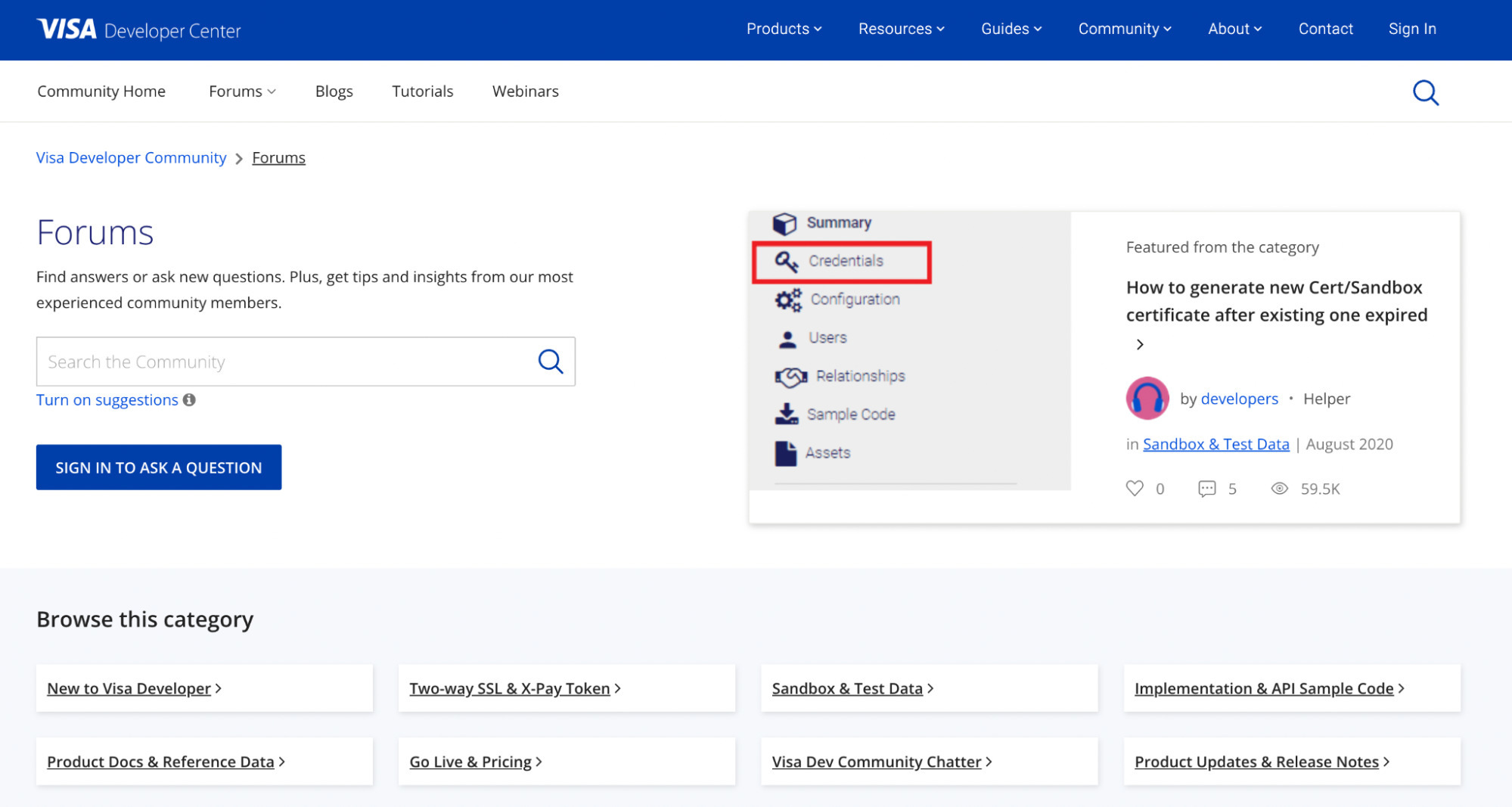 Logo
Logo
EXPERT INSIGHTS
Apr-30-2025
What is an online forum? (2025 guide)
Khoros Staff
In a world defined by digital connection, online forums are more than a place to talk — they’re a place to belong. For brands, they’re a powerful tool to cultivate community, create knowledge at scale, and provide support that’s always on. Whether you're new to the concept or looking to strengthen your strategy, this guide breaks down what online forums are, how they benefit your brand, and how to make them work smarter for your business in 2025.
What is a forum?
The concept of a forum dates back to ancient Rome, where the forum served as a central gathering place for public discussion and debate. Today, the term extends beyond physical spaces to include any platform — especially digital ones — where people exchange ideas and information.
Online forums are virtual discussion spaces where users can start conversations (called “threads”) and respond to others. Unlike social media or chat rooms, forums are typically centered on a specific topic — such as baking or a software product — and are designed for in-depth, ongoing discussions. Threads can span days, weeks, or even years, and posts tend to be more detailed than the quick messages found in chat apps or social feeds.
Most forums support both text and multimedia, and their structured, searchable format helps turn community discussions into lasting knowledge libraries. They provide a space for troubleshooting, learning, and connecting with others who share similar interests.
What is the purpose of an online forum?
At its core, an online forum is a space for meaningful, topic-driven conversations. It gives customers a place to ask questions, exchange ideas, and share solutions with others who share their interests or challenges.
Unlike fast-moving social media or chat platforms, forums offer structured, searchable discussions that grow over time. Each post contributes to a living knowledge base — one that’s accessible 24/7 and built by the community. For brands, this makes forums a powerful tool for scalable support: customers help one another, reducing ticket volume while extending help beyond business hours.
But forums do more than solve problems. When customers contribute advice, offer feedback, or celebrate wins, they deepen their connection with your brand. This active participation builds trust, fosters loyalty, and turns users into advocates. It also creates a valuable feedback loop — helping brands identify trends, surface insights, and improve products based on real user needs. It’s one of the most effective ways to foster community engagement and customer connection at scale.
In short: online forums build community, strengthen support, and amplify the voices of your customers — all in one shared space.
Advantages of online forums
An online discussion forum adds meaningful value — for both the people who participate and the brands that host them. If you’re still deciding whether creating an online forum is right for your brand, here are some of the key benefits that online forums deliver to both members and businesses:
Scalable support: Online forums provide cost-effective support by enabling customers to find answers from peers, reducing ticket volume, and empowering a self-sustaining customer support community.
Always-on engagement: Forums create space for ongoing conversations and support, so customers can ask questions, share experiences, and find answers at any time — no matter their time zone or location.
SEO and discoverability: Forum threads are rich with relevant, long-tail keywords and user-generated content, which often ranks well in search engines — boosting organic traffic, brand visibility, and awareness.
Customer empowerment: When users can share their experiences and help one another, they feel valued and connected — fostering stronger brand loyalty, deeper trust, and a sense of ownership within the community.
Product insights: Forum discussions offer unfiltered feedback, helping brands identify trends, pain points, and feature requests — informing product development, marketing strategy, and customer experience improvements.
Disadvantages of online forums (and how to overcome them)
While forums can deliver significant value for both brands and members, there are some common hurdles that can affect their impact.
Without moderation, user experience can decline: When forums go unmoderated, conversations can veer off-topic or become unwelcoming — damaging trust and discouraging participation. That’s why it’s important to use community management software with built-in community moderation tools and workflows that can help maintain a safe, organized, and respectful environment.
Potential for slow community growth: Some communities struggle to gain momentum, especially early on. Low activity can deter new members or reflect poorly on your brand. Fortunately, some community management platforms that have built-in gamification, engagement analytics, and onboarding tools, can help spark interaction and accelerate growth.
It takes time to build trust and culture: A successful forum isn’t just a place to post — it’s a space where members feel safe, seen, and connected. Building that sense of community takes time, consistency, and care. Community platforms like Khoros can support this with clear onboarding, engagement tools, and features that reinforce community guidelines and culture.
How to use an online forum as a brand: 6 best practices
Building a thriving online forum doesn’t happen by accident. It requires strategy, intention, and a long-term view of community as a business asset. These six best practices will help you get the most value from your online forum while creating meaningful experiences for your customers.
1. Define your online forum’s purpose and audience
Defining your internet forums’ purpose is the first step toward building a strong customer community. Start by asking: What role will this space play for your brand and your customers? Is it designed for peer-to-peer support? A hub for product feedback? A place for users to connect and share best practices? Defining the forum’s purpose — and the audience you’re trying to reach — will guide how you structure it, what content you seed, and how you moderate the space.
2. Structure it for discoverability
A well-organized forum doesn’t just look clean — it helps users find what they need, and quickly. From the very beginning, build a clear taxonomy to make your content searchable and discoverable. Use intuitive categories and subcategories that reflect what your audience cares about most. Think about your customers’ top questions, recurring issues, and hot-button topics, and structure your forum around those themes.
Pinned posts, featured discussions, and a strong search function are also essential. When users can locate high-value threads quickly, they’re more likely to return and contribute. And as your community evolves, so should your structure. Be open to reorganizing, merging, or adding new categories to reflect how your audience is actually using the space. A discoverable forum is a usable one — and usability drives community engagement.
3. Seed the community with valuable content
Every conversation has to start somewhere. In a new forum, that start may first come from you. Populate each category with helpful, relevant posts before you open the doors to members. Think FAQs, how-to guides, troubleshooting tips, and open-ended questions that invite discussion. These are foundational steps when learning how to build an online community.
Starting the dialogue yourself also lowers the barrier to entry. People are more likely to participate when they see active conversations already in motion. Make it easy for them to jump in by modeling the kinds of thoughtful, constructive posts you want to see. And remember — content seeding isn’t a one-time task. Even after your forum gains traction, regularly contributing high-quality content keeps discussions fresh and momentum strong.
4. Recognize and reward contributions
People are more likely to stay engaged when they feel seen and appreciated. Recognition can be simple — but powerful. Use badges, leaderboards, or featured posts to highlight active and helpful contributors. This not only reinforces positive behavior but also helps surface trusted voices within the community.
Gamification tools make it easy to create a rewarding experience that motivates participation. Over time, these recognitions help cultivate a sense of belonging and ownership. When members feel like their contributions matter, they’re more likely to keep showing up — and encourage others to do the same.
5. Develop guidelines and moderate with purpose
A strong community needs strong boundaries. From the start, establish clear guidelines that define acceptable behavior and outline expectations. These guardrails should reflect your brand values while protecting members from harmful or disruptive interactions. Consider including rules about respectful language, no spam or self-promotion, and zero tolerance for discrimination or harassment.
But setting community guidelines is just the beginning — they only work if you enforce them consistently. Assign moderators (or empower trusted users) to flag inappropriate content and keep conversations on track. Proactive moderation builds trust and reinforces your community’s purpose. It's not about control — it’s about creating a space where everyone feels safe, supported, and heard.
6. Integrate your forum across channels
Your forum shouldn’t live in a silo. To maximize its impact, make it visible across your digital ecosystem. Link to it in your help center, include it in onboarding flows, highlight it in email campaigns, and promote it on social media. Wherever your customers are already engaging with your brand, give them a path to the community.
This cross-channel visibility not only drives awareness and participation — it reinforces your brand’s commitment to openness and collaboration. When customers see your forum as a trusted resource, they’ll be more likely to turn to it for answers, support, and connection. And the more integrated your forum is, the more value it delivers — both to your customers and your business. See how real brands do it in these brand community examples.
6 examples of online forums
Here’s how real brands deliver value through their online customer forums:
1. Samsung
Samsung’s global support community empowers users to ask product questions, share tips, and find solutions — all without opening a support ticket. Their forum is an extension of their brand experience: sleek, smart, and customer-first. Users from around the world help each other get more out of their devices while reducing the burden on Samsung’s support team.

2. Visa
To support its growing developer community, Visa launched an online forum as part of itsVisa Developer Platform, which allows external developers to build on Visa’s network through APIs. The forum serves as a central hub where developers can ask questions, get technical help, and share insights with peers and Visa engineers. By redesigning the community to put the forum front and center, Visa made it easier for users to find support and engage with the platform, leading to a 124% increase in participation. This not only reduces pressure on internal support teams but also gives Visa valuable visibility into developer needs, helping them improve the experience and drive innovation across their ecosystem.

3. Autodesk
Autodesk’s community forum is a vital destination for users of products like industry-standard software AutoCAD, Revit, and Maya to ask questions, share knowledge, and troubleshoot issues together. With millions of posts across dozens of product-specific boards, the forums serve as an always-on support channel where professionals — from engineers to animators — can find trusted answers and connect with peers. Autodesk’s forum not only reduces support costs but also amplifies the expertise of its user base through peer-to-peer interaction.

4. Atlassian
Atlassian’s online community is a dynamic knowledge hub where developers, administrators, and everyday users come together to discuss products like Jira, Confluence, and Trello. The forum fuels collaboration through how-to articles, support threads, and feedback opportunities—creating a continuous loop between Atlassian users and its product teams. With a strong culture of peer support, it not only cuts down on support tickets but also drives customer loyalty by helping users get more value from the platform.

5. Zoom
The Zoom Developer Forum supports a global ecosystem of developers building with Zoom’s APIs and SDKs. With dedicated categories for authentication, meeting SDKs, chat apps, and more, the forum enables users to ask technical questions, troubleshoot issues, and share best practices with peers and Zoom engineers. The structured layout makes it easy to find past discussions, and the active participation from Zoom staff ensures timely responses. For developers integrating Zoom into their platforms, this forum is a critical resource — boosting adoption, reducing support requests, and fostering innovation across the developer community.

6. Microsoft
Microsoft’s support community forum brings together users across skill levels to find solutions, share ideas, and get the most out of Windows, Office, and other Microsoft products. With clearly defined categories, moderation from Microsoft experts, and answers that highlight trustworthy responses, the forum is a go-to destination for both technical troubleshooting and everyday product tips. Whether users are configuring a new PC or navigating Excel formulas, the community makes it easier to resolve issues without submitting a support ticket. For Microsoft, the forum not only extends their customer support capabilities — it cultivates a proactive and informed customer base.

Build a branded online forum with Khoros Communities
Khoros Communities powers scalable, branded forums that help brands engage customers, reduce support costs, and gather product insights — all in one platform. With advanced moderation, rich analytics, built-in gamification, and deep customization, Khoros Communities is built to support enterprise-grade community experiences.
Whether your goal is improving customer support, collecting product feedback, or driving community marketing, Khoros gives you the tools to make your online forum thrive.
Ready to create a thriving customer forum? Get a demo of Khoros Communities today.











